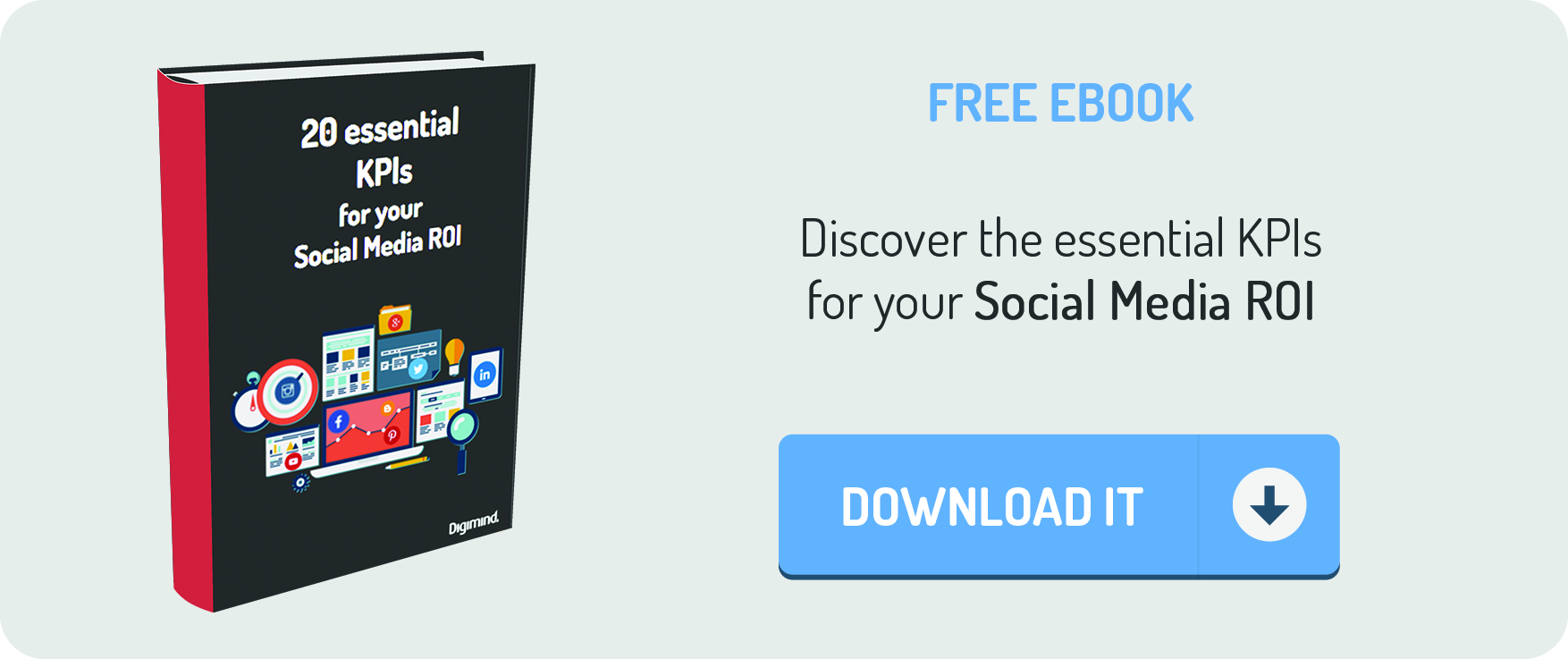How to Differentiate Your Brand Through Content Marketing
Content marketing has finally taken center stage in terms of consideration and investment by companies, resources and commitment from the agencies, and attention and interest from experts.
Nevertheless, digital agencies must respond daily to some key challenges that can be summed up into two categories:
- Unique positioning—we must find a way to create a unique point of view through content and avoid blending in with other content being created within the same market. If we don’t, a brand’s value will not be communicated in the eyes of consumers.
- Clear distribution strategy—critical in planning a production and sharing content capable of reaching the most suitable users at the most appropriate time while using the most relevant message.
In the long run, agencies may be faced with problems related to customer management. Especially when it comes to access to wider portions of the budget and opportunities for either retention or up-sell. The reasons are as follows: difficulty in enhancing business in the eyes of decision makers, generating insight profiles for fine-tuning activities, and demonstrating the effectiveness of strategies and assets.
For these reasons, guidelines and best practices must be established in order to optimize benchmarked activities and strategic planning.
Positioning
A unique positioning of content marketing passes through two fundamental phases:
- Analysis of a target audience.
- Investigation and monitoring of the activities of competitors.
Having already covered the first step, now we analyze the latter, as it’s essential in defining how content marketers can differentiate themselves.
What to Monitor?
To ensure focused monitoring, your analysis must focus on the greater value of:
- Creativity—identify the creative choices of competitors in terms of tone of voice and copy strategy, aesthetics, and visual identity guidelines (logo, lighting and illumination, the reference colors, mascots, etc.).
- Customization—analyze themes and messages, opinions and point of view, and types of campaigns (informative, promotional, 'educational', etc.).
- Channels and top influencers—finally, identify the platforms where competitors are more active, and the advocacy actions of their top influencers.
Through this analysis, a content plan can be created that differentiates your brand from its competitors. However, first you need to select which metrics you’ll analyze.
Which metrics to use?
Here are some key metrics through which you can track your competitors:
- Top content—the content of the most successful in terms of reach and engagement segmented by platform.
- Volume, medium, and conversation trends—this data identifies the most successful campaigns, which platforms have the highest activities, and the growth trends relating to investments on new channels.
- Sentiment analysis—positive polarity as it relates to products, services, customer support, and key assets.
- The authors’ activities (influencer and ambassadors)—the level of involvement (number and trends of themed mentions), capacity (potential reach and number of fans/followers and subscribers), and engagement of the public.
To get a complete picture, compare these KPIs with metrics of your target audience.

Creation and distribution
As we mentioned earlier, one of the most common problems for agencies is the ability to segment assets and strategies based on wants, needs and expectations of different audiences. To overcome this problem, two things must happen:
- Understand where each piece falls within the conversion funnel (awareness, engagement, conversion, fidelity and loyalty).
- Segment influencers based on different touch-points within customer journey.
Agencies can leverage 4 classes of solutions to generate insight:
- Classification tags—segment content based on product lines, services, customer care, pricing, etc.
- Hierarchy—create themes and sub-themes related to each classification above.
- Classification rules—filter based on various criteria, such as relevance, implication or geographical area
- Benchmarks—evaluate results and compare with competitors.
Written by Austin Williams
A New York based writer and pop culture enthusiast, Austin is your best bet if you ever want to know about the MTA or Love & Hip Hop.

